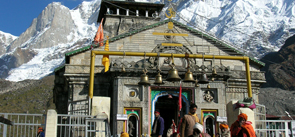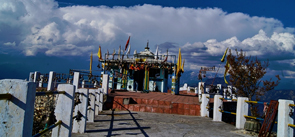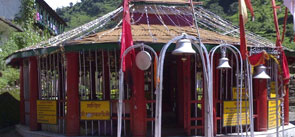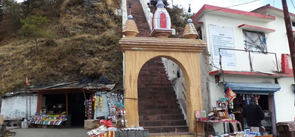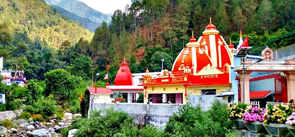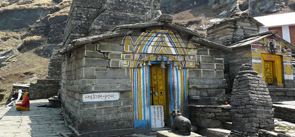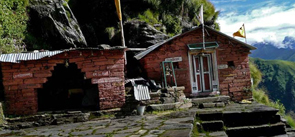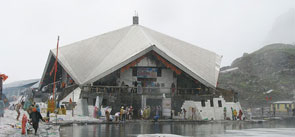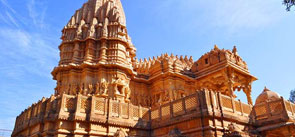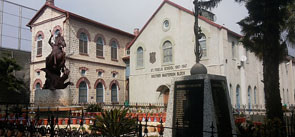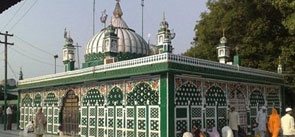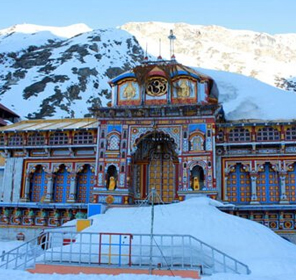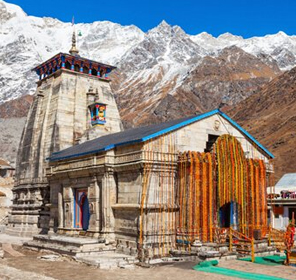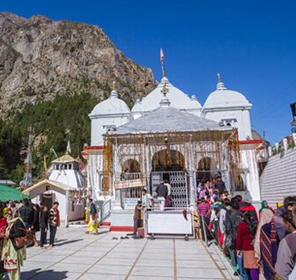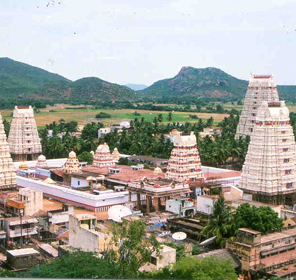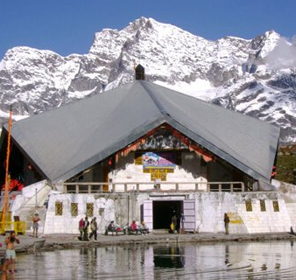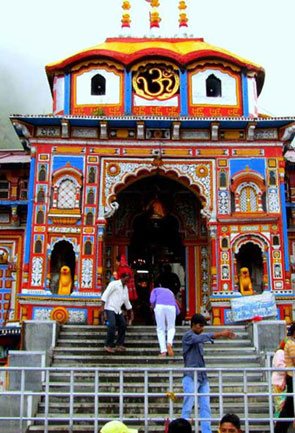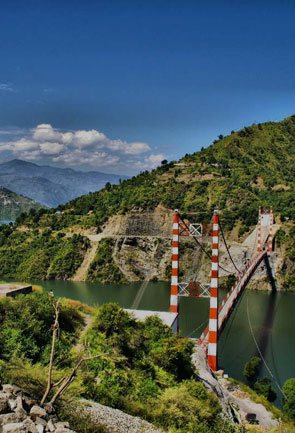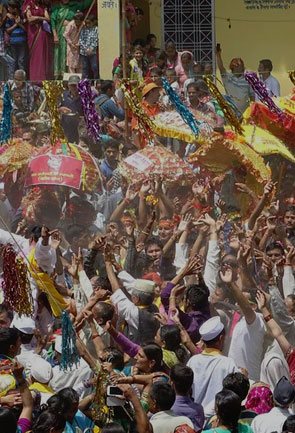

NEW
Hindu Pilgrimages in Uttarakhand
From being the meditation seat of Lord Vishnu to being the hiding place of Lord Shiva, Uttarakhand seemed to have found favour with the God and Goddesses since time immemorial. The distant lofty mountains were once the earthly abode of the Gods and the dark and deep caves in Uttarakhand were the hermitages. The state receives another privilege, which is to be the progenitor of two sacred rivers making it an important destination for Hindu religious tourism in India. The Hindu temples found in nooks and crevices of the state are reckoned to be the major tourist attractions. The existence of some prominent shrines of other faiths also corroborates in shaping the religious tourism in Uttarakhand. The sacred cities of Haridwar and Rishikesh are dubbed as the ‘Gateway' to the blessed land. Nestled in the foothills of the state on the bank of holy River Ganga, these two destinations are responsible for rendering the first spiritual experience in Uttarakhand. Dotted with temples and ashrams, Haridwar and Rishikesh are ideal places to get the soul cleansed for other journeys in this spiritual state. Haridwar, which is also one of the destinations of the Chardham Yatra in India, is also the ground for world's largest human gathering, Maha Kumbh Mela.
The Chota Chardham Yatra, which endorses performing pilgrimage to four important places, tucked far in Uttarakhand, i.e., Badrinath, Kedarnath, Yamunotri and Gangotri alone can gather a crowd of millions. The divinity of this pilgrimage is reckoned to be such that devotees untiringly trek the rugged trails enduring all the hardships. Probably, it is the aspiration of attaining freedom from the life circle that instigates pilgrims to accomplish exhausting treks to the sacred temples.
The Panch Kedar Yatra, i.e., Kedarnath, Tungnath, Rudranath, Madhyamaheswar and Kalpeshwar interests the Shaivite sect in India. Placed at remotely accessible sites; these shrines ‘Call Out' to the devotees of Lord Shiva to attain the blessings of ‘The Auspicious One'. Often believed to be the origin point of only two sacred rivers, i.e., Ganga and Yamuna, Uttarakhand is, in fact, a land of several gurgling streams.
These narrow streams have different confluence points, which are eventually worshipped as sacred destinations. The Panch Prayag Yatra that covers holy places like Rudraprayag, Karnprayag, Nandprayag, Vishnuprayag and Devprayag is a way to exalt the confluence of rivers.
The Vaishnavite sect in India finds their object of spiritual bliss in the form of performing Panch Badri or Sapt Badri pilgrimage in Uttarakhand. Dedicated to Lord Vishnu, these holy shrines are believed to be the place where Lord Vishnu is worshipped in different forms. The Panch Badri Yatra comprises of Badrinath, Adi Badri, Vridha Badri, Bhavisya Badri and Yogadhyan Badri only differs from Sapt Badri in a way that two places of worship, i.e., Ardha Badri and Dhyan Badri are not included in it. The devotees trudge the rugged paths and endure the cold climate to attain the blessings of Lord Vishnu.
Apart from these major pilgrimages in Uttarakhand, the state is dotted with temples to other prominent Gods and Goddess as well. The temple of Goddess Nanda Devi and Golu Dev Ji are often swarmed with devotees. The ghat-side temples of Haridwar and Rishikesh and the Kartik Swami Temple of Rudraprayag and the shrines in Guptkashi and Ukhimath, are also the places to witness the extent of adoration of devotees for their beloved gods. Believers are also seen thronging the temple of Baijnath and the mysterious caves of Patal Bhubaneshwar in the Kumaon Region of the state.
Uttarakhand though may seem to favour significantly Hindu faith and mythology, but it has a few prominent places of worship of other religions as well. Hemkund Sahib, Nanak Matta Sahib, Ritha Metha Sahib, Piran Kaliyar Sharif near Roorkee, the Mind Rolling Monastery and its Buddha Stupa in Dehradun are the religious places that keep secularism in –tune in Uttarakhand.








